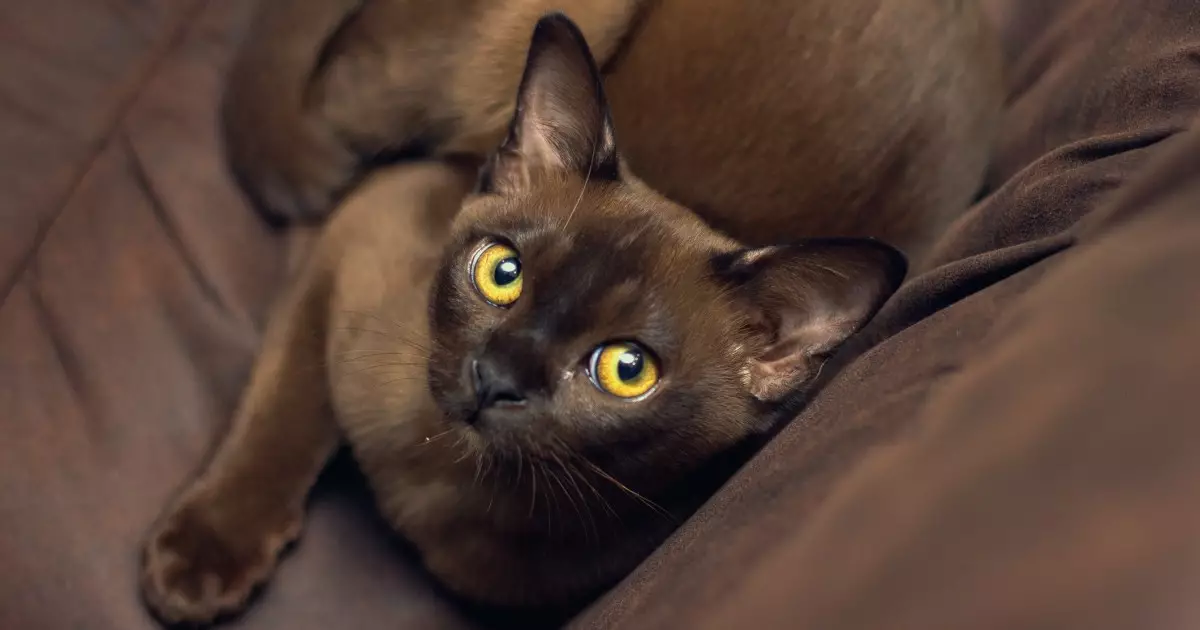The Burmese cat has captured the hearts of cat lovers across the United States with its playful demeanor, outgoing personality, and captivating physical traits. Hailing from Southeast Asia, the breed boasts a rich and storied background, cherished for its social and affectionate nature. Described frequently as a medium-sized breed with a muscular build, the Burmese possesses a short, sleek coat that varies in a multitude of colors, adding to its charm. Its playful spirit is complemented by a strong bond with humans, making it not just a pet but rather an integral part of family life.
When contemplating the addition of a Burmese cat to your family, understanding its life expectancy is critical. Typically, these appealing creatures enjoy a lifespan ranging from 10 to 16 years. However, there’s potential for much longer, as evidenced by a remarkable case of a Burmese cat living up to an astonishing 35 years, reported by the Westfield Animal Hospital. While such longevity is infrequent, it underscores the importance of adequate care and responsible ownership in helping your feline friend lead a healthy, fulfilling life.
Despite their often robust appearance, Burmese cats are not immune to health threats that can influence their longevity. Like many purebreds, they face genetic predispositions to certain conditions. Noteworthy health issues include Diabetes Mellitus, which impacts roughly 10% of this breed, Orofacial Pain Syndrome — an inherited ailment more prevalent in Burmese cats than in others, and Hypokalemic Polymyopathy, marked by muscle weakness due to inherited genetic factors. Moreover, Endocardial Fibroelastosis, a cardiac condition typically manifesting during kittenhood, can also pose significant risks.
It’s essential for prospective Burmese cat owners to be aware of these issues and their potential impact on longevity. Regular veterinary visits and proactive health management can make a significant difference in countering these ailments.
To maximize the lifespan and quality of life for a Burmese cat, owners must prioritize their pet’s physical and emotional well-being. A balanced diet enriched with essential nutrients, along with regular exercise and mental stimulation through play, contributes to overall health. Developing a close bond through affection and interaction further enriches the cat’s life, ensuring it feels secure and loved.
Responsible ownership demands diligent care, including vaccinations, parasite control, and routine health assessments. By investing time and resources into preventative care, owners can greatly influence their feline’s health outcomes and longevity.
The Burmese cat is more than just a pet; it is a cherished companion that thrives on human interaction and affection. Understanding its lifespan, potential health risks, and the importance of responsible care can ensure that these playful and loving cats have the opportunity to share many joyful years with their families. For those who choose to welcome a Burmese cat into their homes, embracing this responsibility offers the reward of a deeply fulfilling companionship.


Leave a Reply